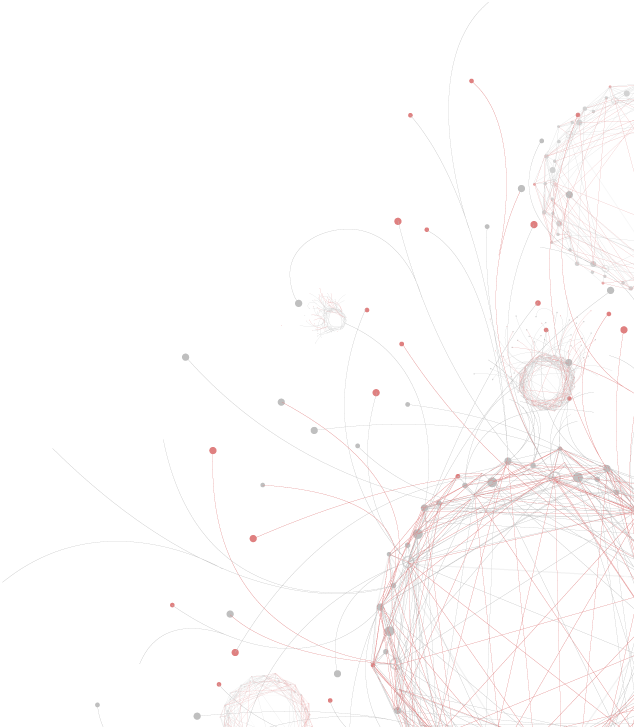This website is no longer updated and has been replaced with a static copy. The Spatial History Project was active at Stanford University from 2007-2022, engaging in dozens of collaborative projects led by faculty, staff, graduate students, post-docs, visiting scholars and others at Stanford and beyond. More than 150 undergraduate students from more than a dozen disciplines contributed to these projects. In addition to a robust intellectual exchange built through these partnerships, research outputs included major monographs, edited volumes, journal articles, museum exhibitions, digital articles, robust websites, and dozens of lightweight interactive visualizations, mostly developed with Adobe Flash (now defunct). While most of those publications live on in other forms, the content exclusive to this website is preserved in good faith through this static version of the site. Flash-based content is partially available in emulated form using the Ruffle emulator.
Holocaust Geographies Collaborative
The Holocaust Geography
Collaborative argues for how the key geographic concepts of location, scale,
resolution, territoriality and the space/place dichotomy are fundamental to an
expanded understanding of the genocide. Central to all of these terms and to
the original case studies of our collaborative were also the question of time and place. When something
happened was just as crucial as where
something occurred. The very nature of the geographic focus of our projects
require either an emphasis on dynamic mapping that shows change over time or a
focus on the relationship of the individual’s experience of movement through a
particular space. The temporal scales involved in dynamic mapping or the
movement of peoples (as we believe it to have occurred) can be described but
not captured easily in a print format. The dynamic digital environment and the
use of GIScience allow for visualizations of these spatial concerns in more
robust and innovative ways.
Space, geography, concentration, movement,
place: these are the terms of the Holocaust as they are reflected in the
ever-changing plans of the perpetrators but also the often spatially fluid
experiences of the victims and bystanders. The very language we use to describe
the Holocaust marks it as a profoundly spatial phenomenon, one that our printed
volume, Geographies of the Holocaust (Indiana University Press, 2014), considered
for the first time from a geographical point of view. Plazas, buildings, walls,
transportation networks and other material environments appear repeatedly in
both the testimony of survivors as well as the administrative documentation of
the perpetrators. We explored these factors through six case studies: the
participation of Wehrmacht soldiers in killings at the front, the SS camp
system as a whole, the built environment and geography of Auschwitz, the arrest
and transport of Italian Jews, the ghettoization of the Hungarian Jews, and the
death marches from the Auschwitz camp system. People’s experiences of space and
mobility in a Nazi-defined landscape of control and domination became crucial
components of the process of physical and cultural genocide, a feature noted by
scholars but not systematically analyzed until our work.
Narratives of changing events and conditions are
central to all of our studies. We emphasize the ways that Holocaust spaces and
places changed over time, seeing those shifts in geography as potential avenues
for exploring shifting motivation or casting a new light on material
experiences. A strong sense of chronology pervades all of our projects, and in
many cases is a key structuring device. Within the shifting landscapes of the
Holocaust, we seek to uncover the often fast-changing experiences of the
victims. Geovisualization and dynamic cartography have been crucial tools as we
explore the making and unmaking of place and space as dynamic processes and
states of becoming. Further work on these topics (including the exploration of
a qualitative GIS) promises to model new ways of understanding the Holocaust as
well as other intricate historical problems of witnessing the destruction of
people, landscapes, and environment, and highlights the complexities and vast
untapped potential of geovisualization.
GALLERY:
Building the New Order: 1938-1945

Mapping Mobility in the Budapest Ghetto

Arrests of Italian Jews, 1943-1945

The Evolution of the SS Concentration Camp System, 1933-1945










